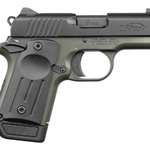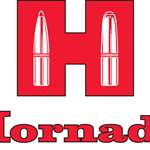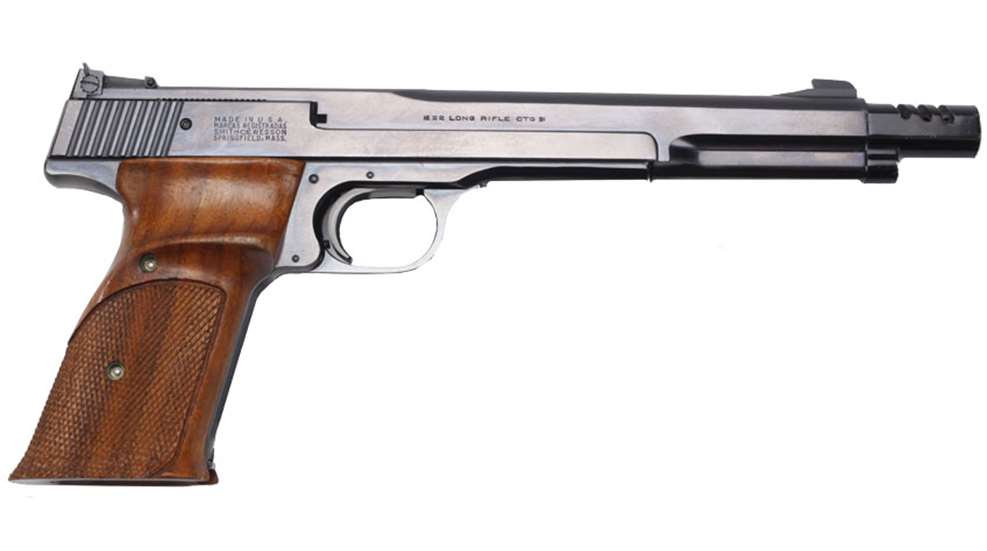
During much of the 20th century, the National Pistol Matches were a pretty big deal. In these matches there are three firearm categories: rimfire, center-fire with a .32-cal. minimum; and .45 cal. In the rimfire category, revolvers often dominated the firing line. Eventually the semi-automatic pistol started making inroads, but most of these were slicked up versions of regular pistols.
Smith & Wesson usually had the lead with revolvers, but until 1947 the company had not considered making a dedicated semi-automatic rimfire target pistol.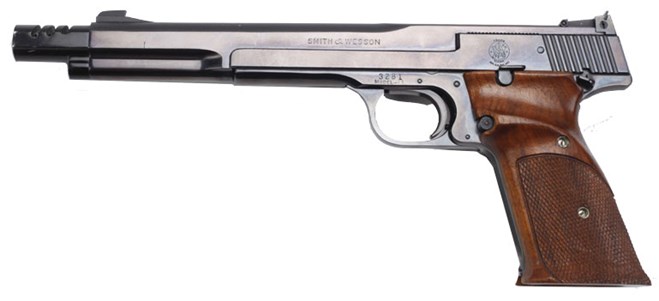
By July 1947 a pair of tool-room-made semi-automatic .22s were made and given to the Smith & Wesson pistol team for testing and evaluation. Smith & Wesson’s president, Carl Helstrom, diligently sought out the input of shooters, be they target, sportsmen, hunters or law enforcement. He was known to take copious notes during his research and incorporate the best ideas into Smith & Wesson’s product line. In the case of the rimfire target pistol, Helstrom would take iterations of experimental pistols to the National Matches and cultivate evaluations and criticisms into subsequent pistols. After 10 years of development and research, Smith & Wesson debuted what it believed to be the ultimate rimfire target pistol, the Model 41.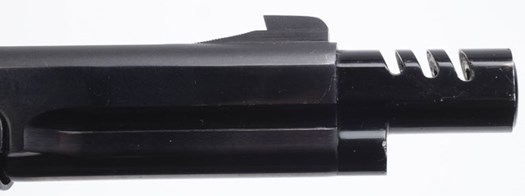
The first Model 41s featured a 7 3/8" barrel, blued-steel construction, Patridge sights and a muzzle brake to reduce recoil. Interest in the new autoloader was instant and stratospheric. Smith & Wesson could not keep up with demand. In its initial year the factory turned out just 679 Model 41s. By the end of the following year at total of 9,875 were made, and the Model 41 was still backordered.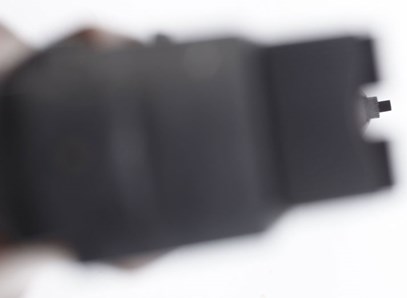
A Model 41 is remarkably simple, yet extremely well-made. Operation is single-action, straight blowback, but the slide is not the entire top of the gun as with most recoil-operated pistols. Smith & Wesson cleverly scalloped out enough metal to house the firing pin, extractor and ejector assembly. The barrel and sights are mounted upon the remainder of the top-end metal. Since none of this assembly moves during firing, the relationship of these critical parts remains identical from shot to shot. The pistol is fed from a single-column, 10-round detachable magazine. A Model 41’s grip angle is the same as found on 1911 pistols, making it easier for the competitive shooter to have a single, familiar grip on all of his competition pistols. Stocks were walnut—now laminate—that are checkered, ergonomic, with a flared bottom and a thumb rest for right-handed shooters. Southpaws must get their stocks from a custom, aftermarket vendor.
Barrels are honed and button-rifled for accuracy, and have a reputation for being the most accurate available for a handgun. A thumb-operated safety and slide are on the left side, again set up for right-handed shooters. The Model 41 steps up at 10 1/2" long and 41 oz. in weight. Today the target barrel is 7" long. A concealed (internal) hammer and a .365" wide grooved trigger make up the fire-control system.
In 1959 a lighter, 5" barrel option was offered, for those desiring a sport pistol that could be carried in a holster. The Model 41 owner could buy the extra barrel assembly and switch it out from the longer barrel on the same frame. Pulling down on the trigger guard releases the barrel for changing or cleaning from the breech. Still later in 1965, a 5 1/2" barrel was offered that had an extended front sight to mimic the longer barrel sight radius. Such an equipped Model 41 carries a nice premium for this feature today.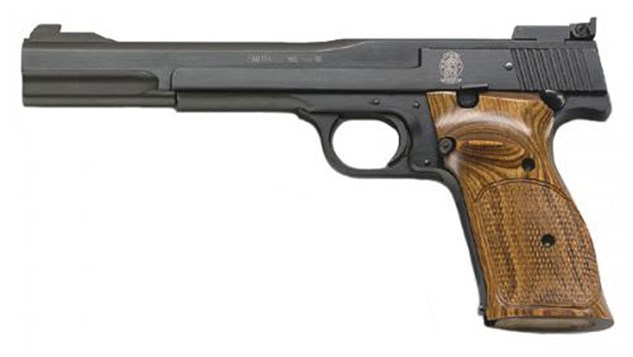
A year after the 5-incher, Smith & Wesson brought out the Model 41-1, chambered in .22 Short and featuring an aluminum slide to reduce the weight enough for it to function with the pipsqueak round. It, too, had a muzzle brake, as well as a counterweight on the barrel and was developed for the International Rapid Fire course. Fewer than 1,000 Model 41-1s were produced, and today it commands upward of a 300- to 400-percent premium over an equally vintage Model 41.
In 1959 a budget version of the Model 41 was introduced, the Model 46. This pistol lacked the lavish attention given to building Model 41s. Metal polish is just enough but is nowhere near the high polish seen on the parent pistol. Stocks were plastic, and the barrel was 7" instead of 7 3/8". The first Model 46s went to the Air Force. Public acceptance was not near that of the Model 41. Smith & Wesson tried equipping the Model 46 with a 5 1/2" barrel to make it more desirable as a field gun. The Model 46 was an accurate pistol, but the shooting public was already spoiled by the Model 41, and the Model 46 was dropped from the line in 1968.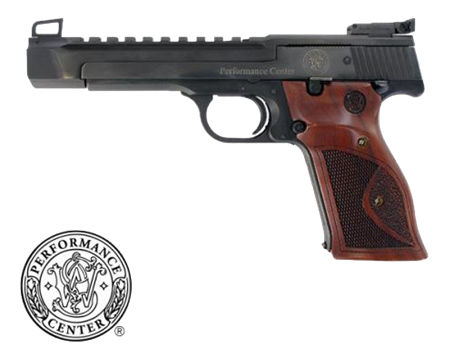
Smith & Wesson still makes the Model 41, and, amazingly, it is largely the same pistol that debuted in 1957. There are a few minor cosmetic differences, of course, but the design, accuracy and polish is still there. A Model 41 still isn’t cheap; the MSRP is $1,369. The Performance Center also offers an even more lavish version of the Model 41 with a skeletonized front sight and a Picatinny rail for mounting an optical sight. Stocks are solid walnut, oiled and checkered for a classic look. The MSRP on the Performance Center Model 41 is $1,619.
If you haven’t had the opportunity to shoot a Model 41, find someone who has one and will let you shoot it. Over the years, I have had three opportunities to shoot a Model 41, including one with the Model 41-1 in .22 Short. It really takes you to a different, more rarified level of shooting. No junk guns stay long with me, if they ever show up at all. I am blessed with several very accurate rimfire pistols and revolvers, but I have always wanted to own a Model 41. It’s time.























